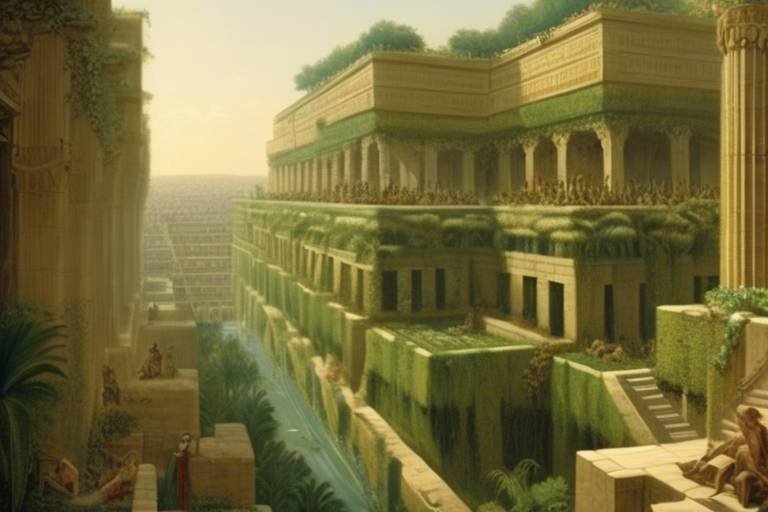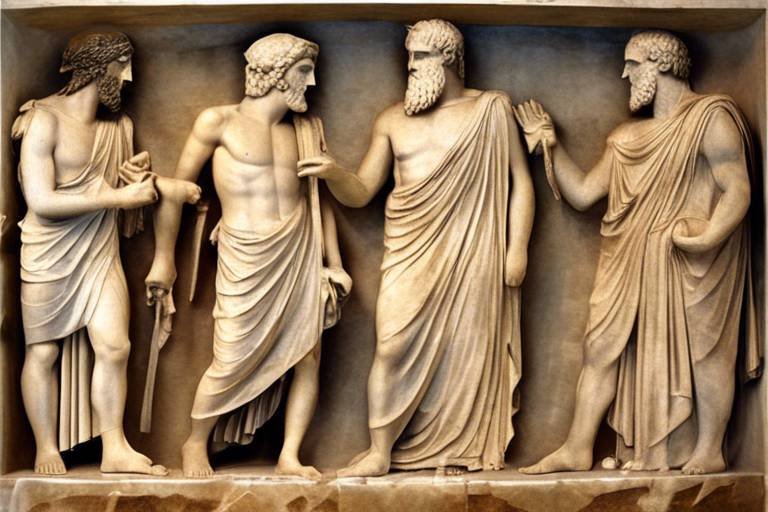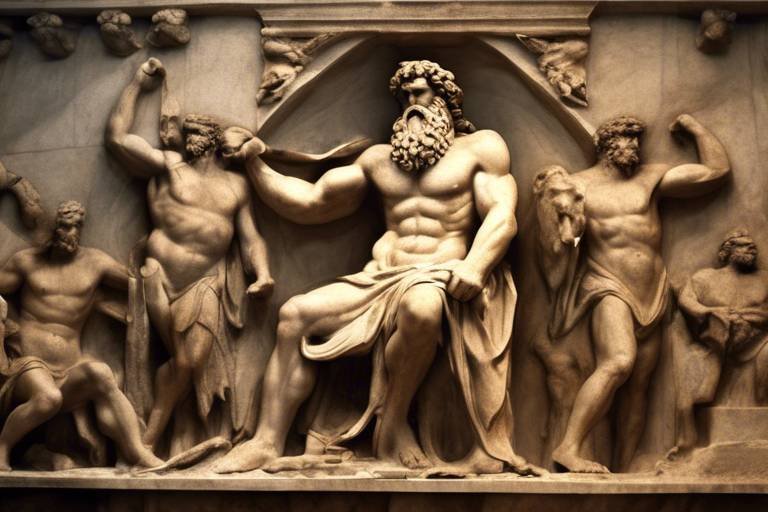The Mystery of the Ancient Maya's Cultural Practices
The ancient Maya civilization continues to captivate us with its enigmatic cultural practices that have stood the test of time. From their intricate hieroglyphics to awe-inspiring architectural marvels, the Maya's rich heritage holds a treasure trove of mysteries waiting to be unraveled.
As we delve into the depths of Maya culture, we are greeted with a tapestry of religious beliefs that shaped their daily lives. The Maya's reverence for the spiritual world is evident in their elaborate rituals and ceremonies, offering us a glimpse into a civilization deeply connected to the supernatural.
One of the most fascinating aspects of the Maya civilization is their advanced writing system and calendar. The intricate hieroglyphics and precise calendar system reflect a society with a profound understanding of time and a keen eye for detail.
Walking through the remnants of Maya cities, we are struck by the grandeur of their architectural achievements. The towering temples, majestic pyramids, and well-planned urban centers stand as a testament to the Maya's ingenuity and architectural prowess.
Amidst the lush jungles of Mesoamerica, the Maya perfected innovative agricultural techniques that sustained their civilization. Their mastery of farming methods and sustainable practices allowed them to flourish in a challenging environment.
The artistic expressions of the Maya are a window into their vibrant culture and beliefs. Through intricate pottery and captivating art, we witness a society that valued creativity and craftsmanship, leaving behind a legacy of beauty and symbolism.
Examining the social structure of the ancient Maya reveals a complex hierarchy with distinct roles and responsibilities. From rulers to artisans, each member of Maya society played a crucial part in maintaining the intricate balance of their civilization.
Trade and economy were vital components of Maya society, with extensive trading networks connecting distant regions. The exchange of valuable commodities fueled the Maya economy, shaping their interactions with neighboring cultures.
Despite their remarkable achievements, the decline of the Maya civilization remains a topic of debate among scholars. Theories abound, offering insights into the factors that led to the eventual unraveling of this once-great civilization and its enduring legacy on modern society.
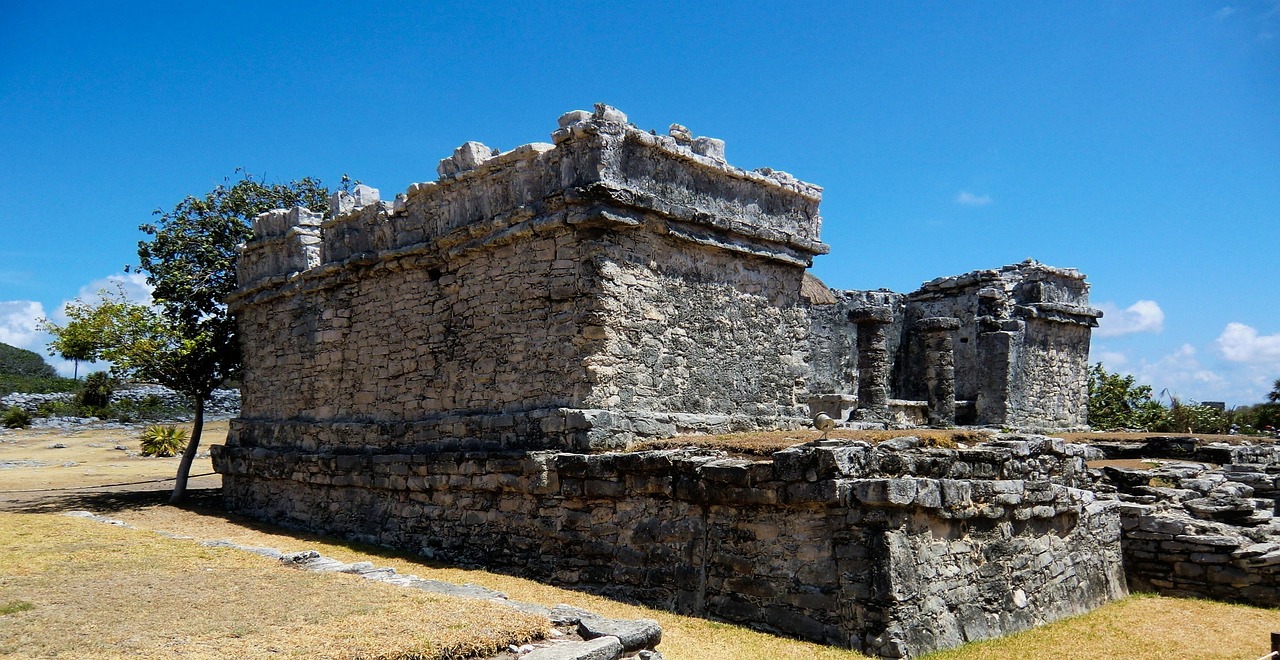
Maya Civilization Overview
The ancient Maya civilization, flourishing in Mesoamerica, captivates us with its rich history and enigmatic cultural practices. From intricate hieroglyphics to towering pyramids, the Maya left behind a legacy that continues to intrigue and inspire. Let's delve into the fascinating world of the Maya and uncover the secrets of their remarkable civilization.
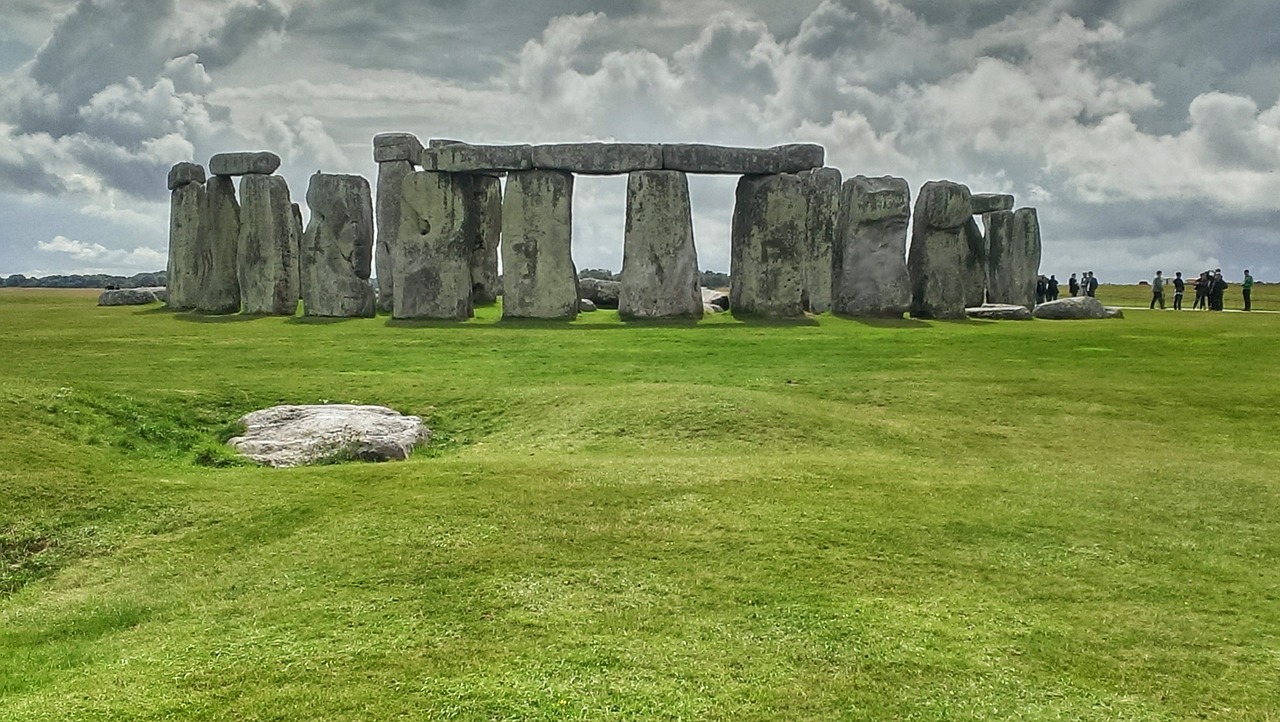
Maya Religious Beliefs
The ancient Maya civilization had a rich tapestry of religious beliefs that permeated every aspect of their society. Central to their spirituality were the various gods and deities they worshipped, each with specific roles and significance in their cosmology. The Maya believed in a complex pantheon of gods, ranging from deities associated with agriculture and fertility to those governing death and the underworld.
One of the most prominent deities in Maya religion was Itzamna, the god of creation and the sky. Itzamna was believed to be the creator of the world and the patron deity of writing and the calendar. Another important deity was Chaac, the god of rain, who was crucial for agricultural success in the region. The Maya conducted elaborate rituals and ceremonies to honor these gods, often involving offerings and sacrifices to ensure their favor.
The Maya also had a profound reverence for nature, viewing the natural world as imbued with spiritual significance. They believed that natural elements such as caves, mountains, and cenotes were portals to the supernatural realm and served as sacred spaces for communication with the gods. This deep connection to nature influenced their religious practices, with many rituals taking place in natural settings to harness the power of the earth and the cosmos.
Furthermore, the Maya had a complex understanding of the afterlife, believing in multiple underworlds inhabited by gods, ancestors, and supernatural beings. They conducted elaborate burial ceremonies to ensure a safe passage for the deceased into the afterlife, often accompanied by offerings of food, pottery, and other items believed to be necessary for the journey.
In summary, the religious beliefs of the ancient Maya were intricate and multifaceted, shaping every aspect of their culture and society. Their spiritual practices were deeply intertwined with their daily lives, influencing everything from agriculture to architecture. The legacy of Maya religious beliefs continues to captivate scholars and enthusiasts, offering a glimpse into a civilization that revered the divine in all aspects of existence.
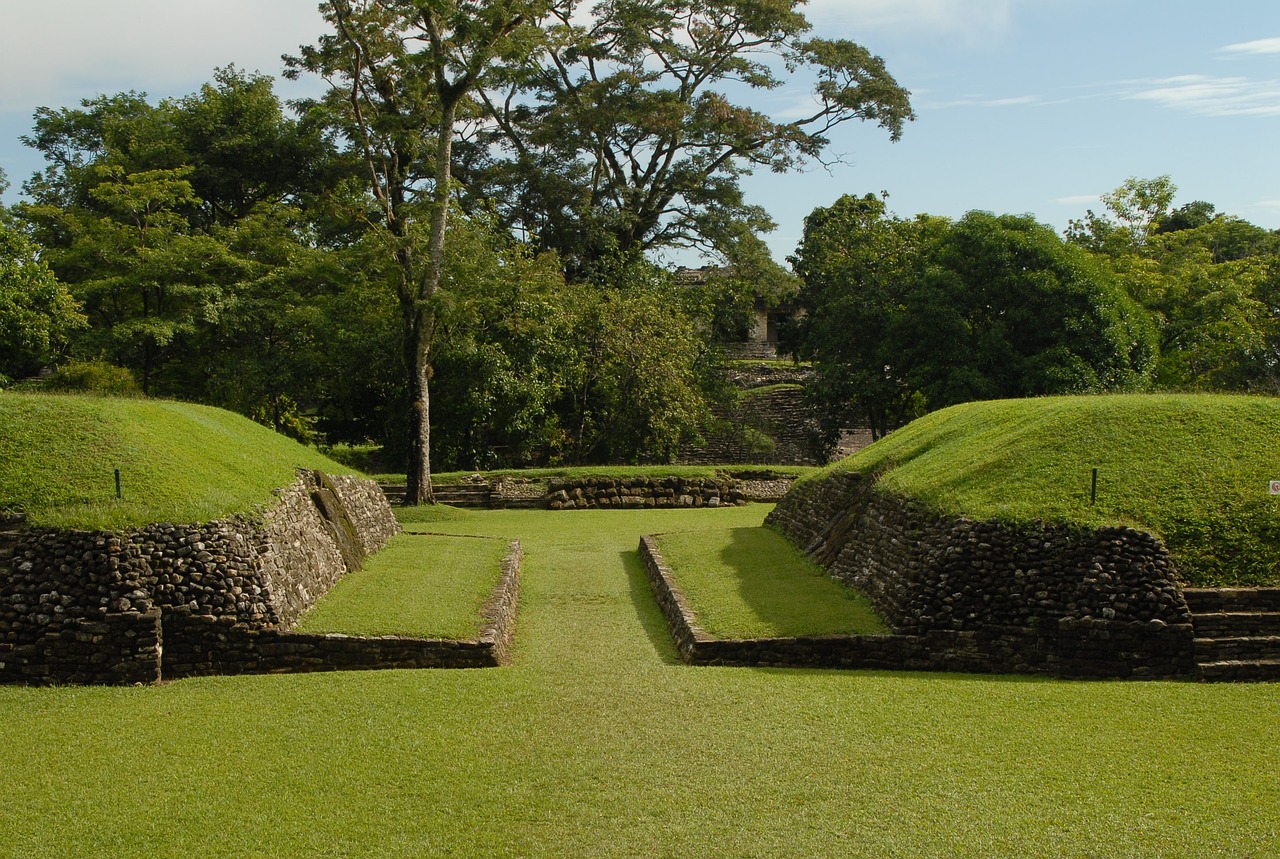
Maya Hieroglyphics and Calendar System
The Maya civilization captivates us not only with its architectural wonders and agricultural innovations but also with its sophisticated writing system and intricate calendar. The Maya hieroglyphics, a form of writing using symbols and glyphs, provide a glimpse into the rich culture and history of this ancient civilization. These hieroglyphics were inscribed on various surfaces, including stone monuments, stelae, and pottery, showcasing the Maya's advanced intellectual capabilities.
Moreover, the Maya calendar system is a marvel of precision and complexity. It consisted of multiple interlocking calendars that tracked time with remarkable accuracy. The most famous of these calendars is the Long Count calendar, which calculated dates from a mythical starting point. This intricate calendar system allowed the Maya to schedule religious ceremonies, agricultural activities, and societal events with precision.
Imagine deciphering the intricate glyphs and symbols to unveil the stories and events recorded by the Maya scribes. Each glyph was a piece of a puzzle, contributing to a vast narrative of their civilization's history and beliefs. The calendar system, on the other hand, was a testament to their mathematical prowess and astronomical knowledge, aligning with celestial events and seasonal changes.
Exploring the Maya hieroglyphics and calendar system is like unraveling a mystery that has fascinated scholars and enthusiasts for centuries. It offers a unique window into the daily lives, rituals, and cosmology of the ancient Maya people, showcasing their ingenuity and cultural sophistication.
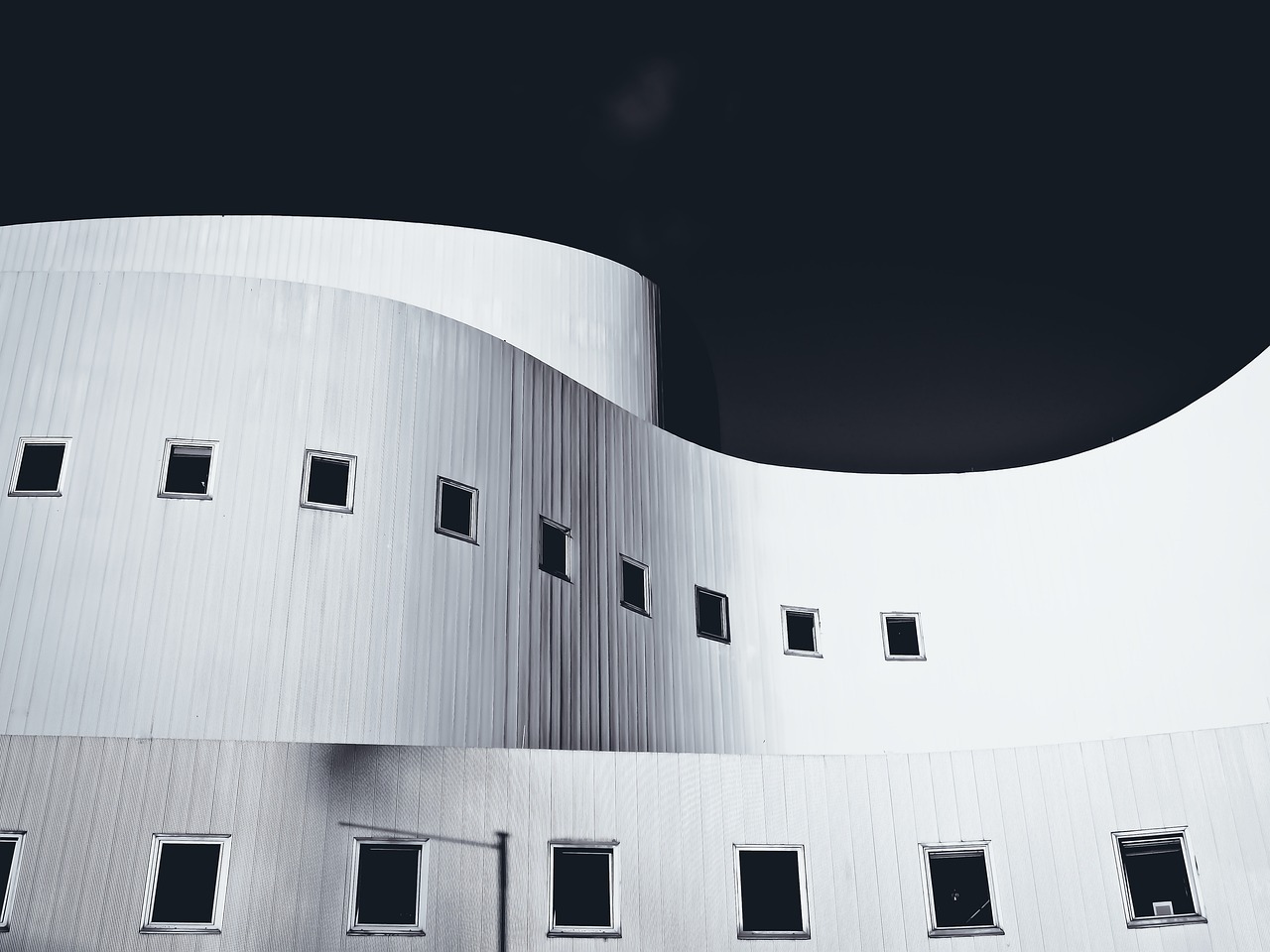
Maya Architectural Marvels
The Maya civilization is renowned for its architectural marvels that continue to captivate and astound historians and archaeologists alike. The ancient Maya people were master builders, constructing impressive structures that stand as a testament to their advanced knowledge and engineering skills. From towering temples to intricate palaces, the architectural achievements of the Maya are a window into their rich culture and societal values.
One of the most iconic architectural features of the Maya civilization is their majestic pyramids. These towering structures, often built with precise mathematical and astronomical alignments, served as ceremonial centers and focal points for religious practices. The grandeur of Maya pyramids, such as the famous El Castillo in Chichen Itza, reflects the spiritual significance and reverence the Maya held for their deities.
In addition to pyramids, the Maya also constructed elaborate temples that showcased their architectural prowess. These temples, adorned with intricate carvings and sculptures, were dedicated to various gods and played a central role in religious ceremonies and rituals. The Temple of the Inscriptions in Palenque is a prime example of Maya temple architecture, featuring detailed hieroglyphic inscriptions and sacred chambers.
Furthermore, the Maya excelled in urban planning, creating sprawling cities with complex layouts and sophisticated infrastructure. The city of Tikal, nestled deep in the Guatemalan jungle, is a prime example of Maya urban design. Its impressive plazas, ball courts, and residential complexes highlight the meticulous planning and organization that went into Maya city construction.
The Maya also demonstrated their architectural ingenuity through the construction of intricate palaces that served as royal residences and administrative centers. These palaces, characterized by ornate facades and intricate stonework, provided insights into the opulent lifestyle of Maya rulers and the hierarchical structure of their society.
Overall, the architectural marvels of the ancient Maya civilization continue to fascinate and inspire awe, showcasing the ingenuity and creativity of a culture that thrived in Mesoamerica centuries ago.
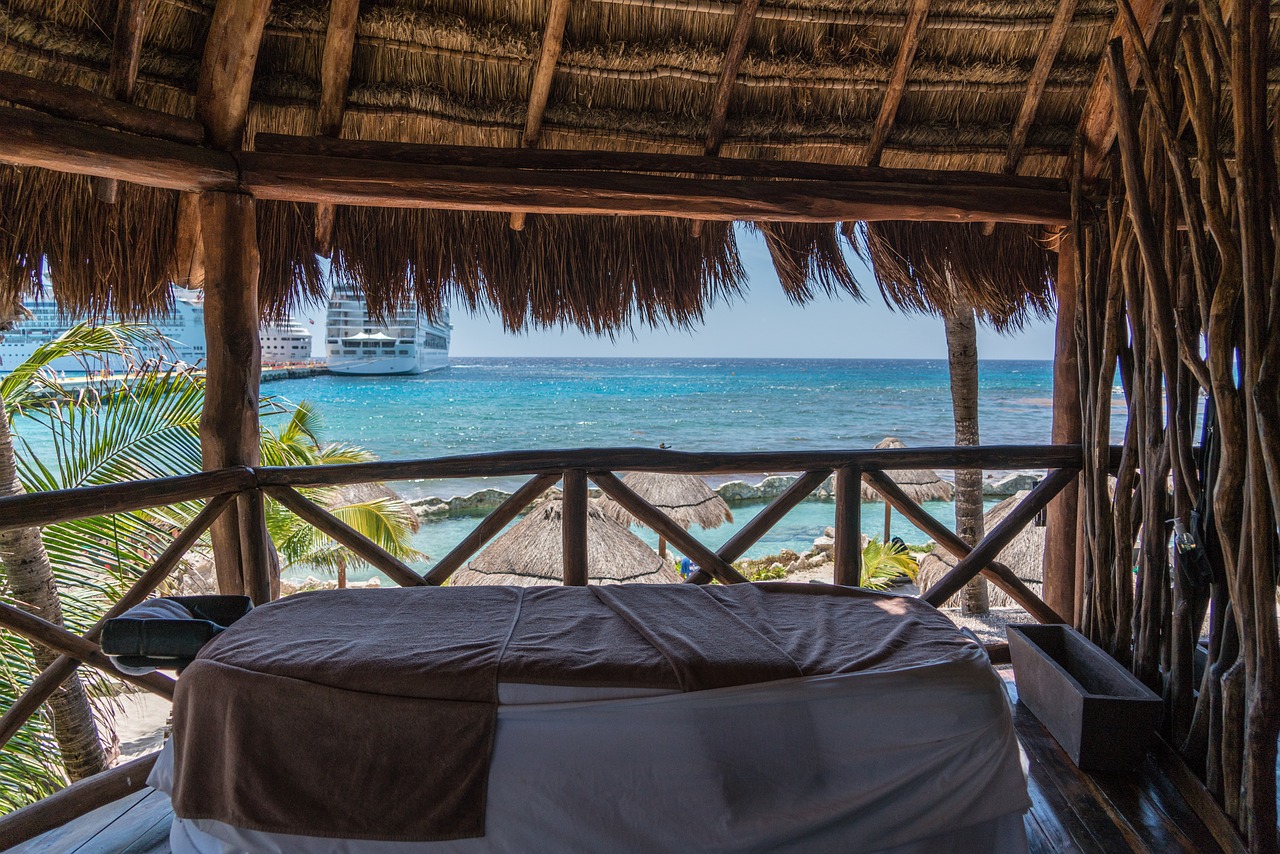
Maya Agricultural Techniques
The Maya civilization was not only known for its advanced cultural practices but also for its innovative agricultural techniques that sustained their society for centuries. The ancient Maya were masters of utilizing the land to its fullest potential, developing methods that allowed them to thrive in the diverse landscapes of Mesoamerica.
One of the key agricultural techniques employed by the Maya was the practice of slash-and-burn agriculture. This method involved clearing a patch of land by cutting down vegetation and then burning it to create nutrient-rich soil for planting crops. The Maya understood the importance of soil fertility and rotation, ensuring sustainable farming practices.
Furthermore, the Maya were skilled in creating intricate irrigation systems to manage water supply for their crops. They constructed canals, reservoirs, and raised fields to control water flow and prevent flooding, enabling them to grow crops even in areas with limited rainfall.
Maize, or corn, was a staple crop for the Maya, and they developed various techniques to cultivate this essential food source. They planted different varieties of maize to ensure a diverse harvest and used companion planting methods to maximize crop yield and deter pests naturally.
In addition to maize, the Maya cultivated a wide range of crops, including beans, squash, avocados, and cacao. They practiced agroforestry, planting fruit trees alongside their crops to create a balanced ecosystem that provided food, shade, and protection from erosion.
The Maya also practiced terracing on steep hillsides to create flat surfaces for farming, preventing soil erosion and optimizing agricultural space. This method allowed them to expand their arable land and increase crop production in challenging terrain.
Through their innovative agricultural techniques, the Maya were able to sustain a complex society with a growing population. Their deep connection to the land and understanding of ecological principles laid the foundation for their flourishing civilization.
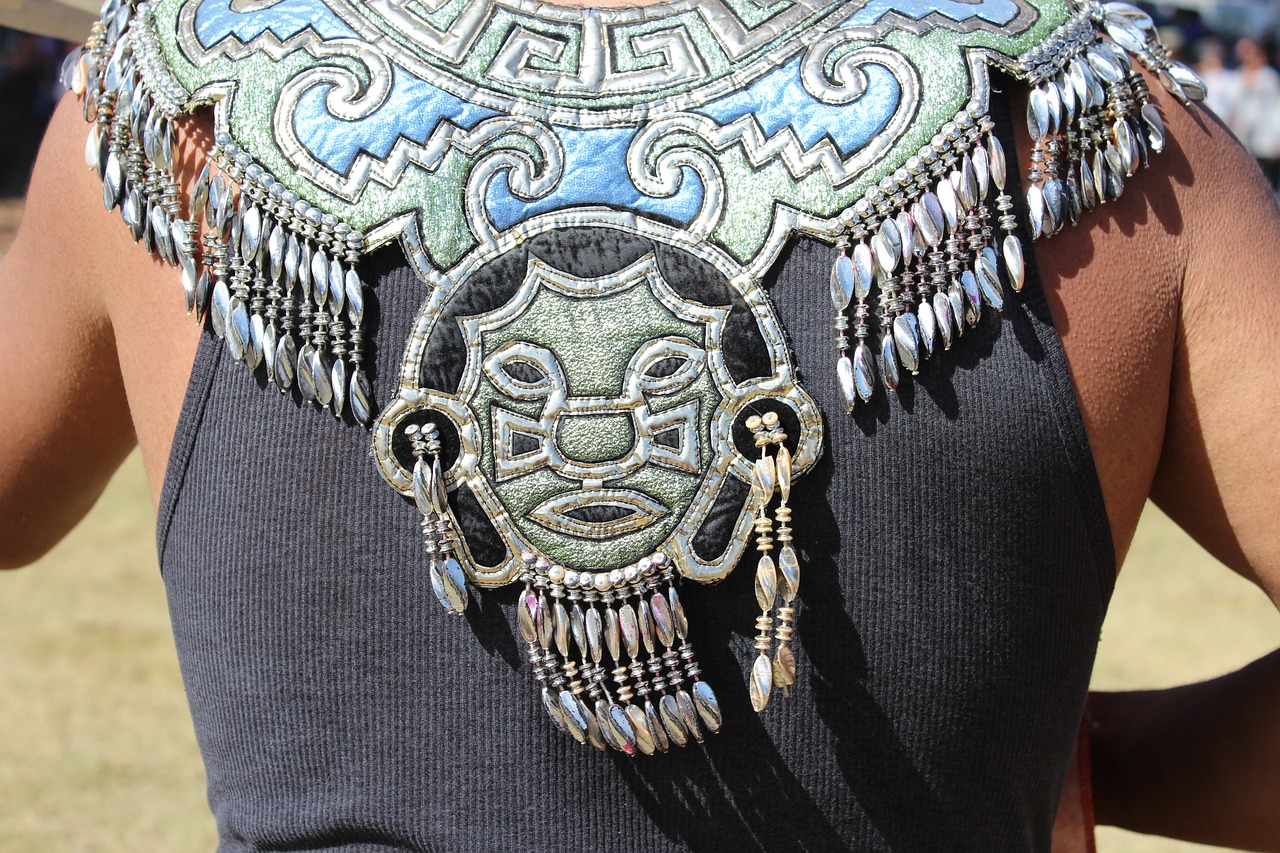
Maya Art and Pottery
The Maya civilization was not only advanced in architecture and agriculture but also excelled in artistic expressions through their intricate art and pottery. The art and pottery of the Maya people served as a reflection of their rich culture, beliefs, and daily life. Each piece of artwork and pottery was crafted with precision and symbolism, showcasing the creativity and skill of the Maya artisans.
The Maya art encompassed a wide range of forms, including sculptures, paintings, and intricate carvings. These artistic expressions often depicted scenes from mythology, religious rituals, and everyday activities of the Maya society. The attention to detail and the use of vibrant colors in Maya art captivate the viewer, offering a glimpse into the spiritual and cultural world of the ancient Maya civilization.
Moreover, Maya pottery was highly esteemed for its craftsmanship and decorative motifs. The pottery pieces were not only utilitarian but also served as artistic masterpieces. The Maya artisans employed various techniques such as painting, carving, and molding to create unique pottery designs that were both functional and aesthetically pleasing.
The intricate patterns and symbols found on Maya pottery often held deep meanings related to their religious beliefs, cosmology, and social structure. Each pottery piece was a work of art that told a story, preserving the history and traditions of the Maya civilization for generations to come.
Furthermore, the Maya's use of pottery extended beyond mere decoration. They utilized pottery for various purposes, including storing food, water, and other commodities. The durability and practicality of Maya pottery made it an essential part of their daily lives, showcasing the seamless blend of functionality and artistry in Maya culture.
In conclusion, Maya art and pottery stand as a testament to the creativity, skill, and cultural sophistication of the ancient Maya civilization. Through their artistic expressions, the Maya people left behind a legacy of beauty and symbolism that continues to intrigue and inspire us today.
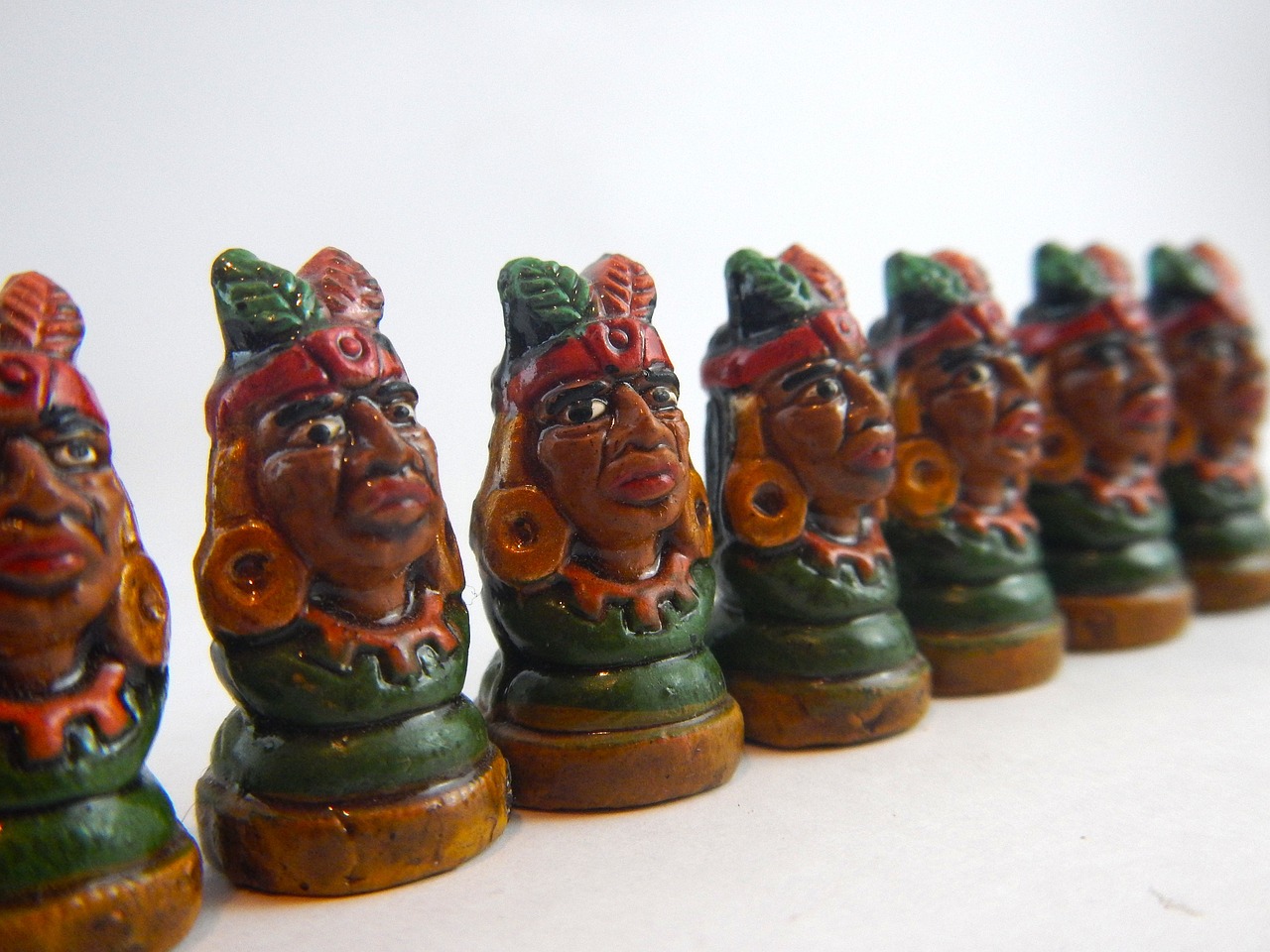
Maya Social Structure
Exploring the social structure of the ancient Maya society unveils a complex web of hierarchies and roles that governed their community. At the top of the hierarchy were the rulers, often considered divine figures with immense power and authority. They were responsible for leading religious ceremonies, making important decisions, and maintaining order within the society. Below the rulers were the nobles, who held significant positions in government, administration, and military. Their wealth and status allowed them privileges such as luxurious goods and elaborate ceremonies.
Further down the social ladder were the commoners, comprising the majority of the population. They were skilled artisans, farmers, and laborers who contributed to the economy and infrastructure of Maya cities. Despite their lower status, commoners played a crucial role in sustaining the society through their work and craftsmanship. Additionally, within the commoners, there were specialized groups such as craftsmen, merchants, and farmers, each essential to the functioning of Maya civilization.
At the bottom of the social hierarchy were slaves, individuals who were captured in warfare or born into servitude. Slaves were considered property and had limited rights, often serving the elite class in various capacities. Their labor was vital for the construction of monumental structures, agriculture, and household chores. While slaves had a challenging existence, they were integral to the economic prosperity and development of Maya society.
The Maya social structure was not rigid, and individuals could move between classes based on achievements, marriage, or other circumstances. Despite the hierarchical nature of their society, the Maya valued community and cooperation, with each individual contributing to the collective well-being. This interconnectedness fostered a sense of unity and shared identity among the diverse members of Maya civilization.

Maya Trade and Economy
When delving into the intricate world of the ancient Maya civilization, one cannot overlook the fascinating realm of Maya trade and economy. The Maya were not only skilled in various aspects of culture and society but also had a sophisticated trading network that played a crucial role in their economy.
The Maya civilization thrived on a complex system of trade that spanned vast distances, connecting different regions and facilitating the exchange of goods and commodities. They engaged in both local and long-distance trade, trading items such as jade, obsidian, cacao, feathers, textiles, and salt.
One of the key elements of Maya trade was the use of a barter system, where goods were exchanged without the need for a standardized currency. This system allowed for the flow of resources and products between different Maya city-states and regions, fostering economic growth and cultural exchange.
Moreover, the Maya had well-established marketplaces where merchants and traders gathered to conduct business transactions. These markets were vibrant hubs of activity, bustling with people buying and selling a wide array of goods, from food and tools to luxury items.
Additionally, the Maya economy was supported by the production of various goods through specialized craft industries. Artisans created intricate pottery, textiles, jewelry, and other items that were highly valued both within Maya society and in trade with neighboring cultures.
Furthermore, the Maya had a hierarchical society where certain goods were reserved for the elite classes, such as jade ornaments and elaborate textiles. This stratified distribution of goods reflected the social structure of Maya society and the importance of trade in maintaining societal order.
In conclusion, the Maya trade and economy were integral components of their civilization, shaping their interactions with neighboring cultures, sustaining their society, and contributing to the richness of their cultural heritage.
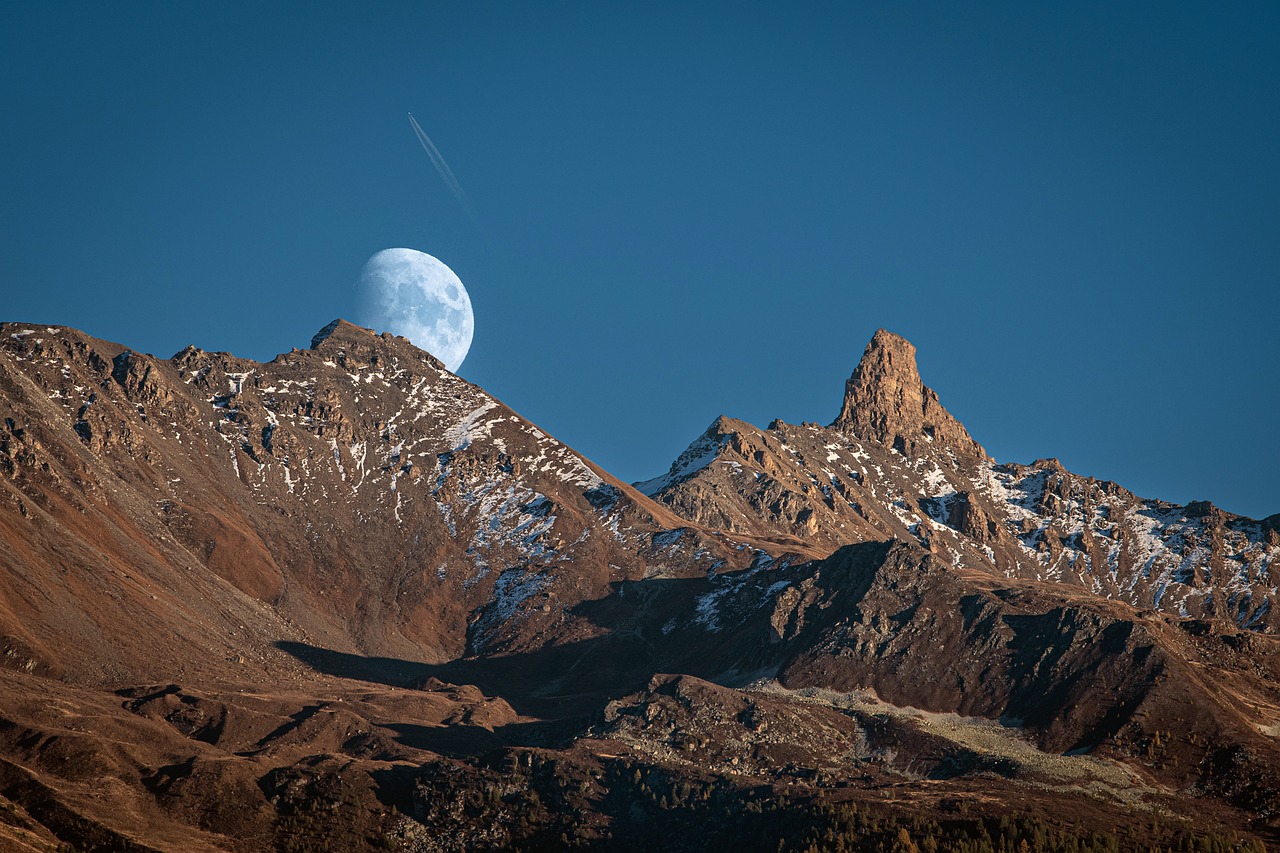
Maya Decline and Legacy
The decline of the ancient Maya civilization has long been shrouded in mystery, leaving historians and archaeologists puzzled by the sudden unraveling of this once-thriving society. Various theories have emerged to explain the downfall of the Maya, ranging from environmental factors to social unrest and warfare. Some researchers suggest that a combination of droughts, overpopulation, and deforestation may have contributed to the collapse of Maya city-states.
Additionally, evidence of internal conflicts and power struggles among the ruling elite has led to speculation that political instability played a significant role in the decline of the Maya civilization. The lack of a centralized authority and the fragmentation of power may have weakened the social fabric of Maya society, ultimately leading to its downfall.
Despite the enigmatic end of the ancient Maya civilization, its legacy continues to endure in modern society. The intricate knowledge of astronomy and mathematics displayed in the Maya calendar system has influenced contemporary understanding of time and space. The architectural marvels of the Maya, including towering pyramids and elaborate temples, stand as a testament to their advanced engineering skills and artistic achievements.
Furthermore, the artistic expressions found in Maya pottery and sculptures provide valuable insights into their cultural beliefs and practices. The intricate hieroglyphic writing system of the Maya has allowed researchers to decipher their history and religious beliefs, shedding light on the rich tapestry of Maya civilization.
Today, the legacy of the ancient Maya lives on in the traditions and customs of modern-day Maya descendants, who continue to preserve their cultural heritage through language, art, and rituals. The enigmatic decline of the Maya civilization serves as a reminder of the fragility of human societies and the importance of environmental sustainability and social cohesion in maintaining a thriving civilization.
Frequently Asked Questions
- What were the main religious beliefs of the ancient Maya civilization?
The ancient Maya civilization had a complex belief system that revolved around nature, deities, and the cosmos. They worshipped various gods associated with elements like rain, agriculture, and the sun. Rituals and ceremonies were essential to appease these deities and maintain harmony in the world.
- How did the Maya calendar system function?
The Maya calendar system was highly sophisticated, consisting of multiple interlocking cycles. They had a sacred calendar (Tzolk'in) of 260 days and a solar calendar (Haab') of 365 days. These calendars combined to form a Calendar Round of 52 years. Additionally, the Maya used the Long Count calendar for tracking longer periods of time.
- What were the key architectural achievements of the Maya civilization?
The Maya were renowned for their impressive architectural marvels, including towering pyramids, elaborate temples, and well-planned cities. Structures like the Pyramid of Kukulkan at Chichen Itza and the Temple of the Inscriptions at Palenque showcase their advanced engineering skills and religious significance.
- How did the Maya society structure look like?
The ancient Maya society was hierarchical, with a clear social structure. At the top were rulers, priests, and nobles, followed by artisans, traders, and farmers. Slaves occupied the lowest rung of society. Each group had specific roles and responsibilities, contributing to the overall functioning of Maya civilization.
- What caused the decline of the Maya civilization?
The decline of the Maya civilization remains a topic of debate among historians. Factors such as environmental degradation, warfare, political instability, and droughts likely played a role. The collapse of major Maya city-states around the 9th century led to the fragmentation of their once-thriving civilization.




